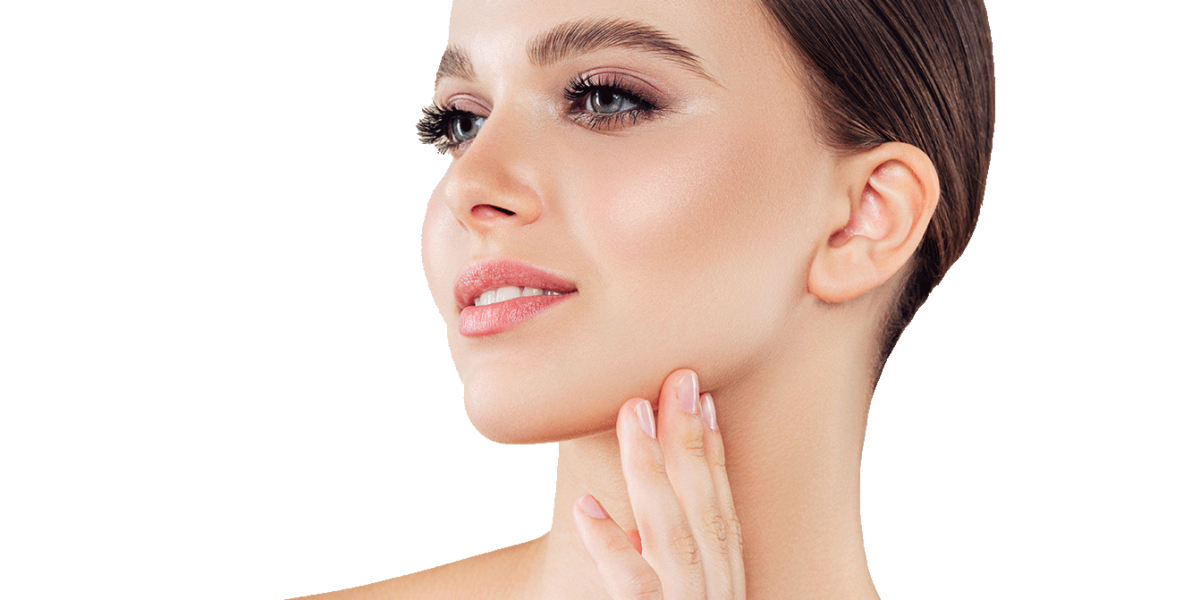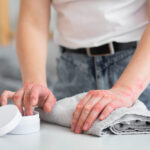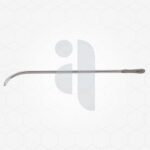After undergoing cheek augmentation, whether through fillers or surgical implants, proper aftercare plays a critical role in the success of the procedure. It helps minimize side effects, accelerates healing, and ensures long-lasting, natural-looking results. While the augmentation process itself is important, what you do afterward can make a significant difference in the outcome. By committing to a thoughtful and consistent aftercare routine, you allow your facial tissue to recover optimally and reduce the risk of complications.
Managing Swelling and Bruising:
Swelling and bruising are common and expected side effects after cheek augmentation. To minimize these effects, applying a cold compress to the treated area during the first 24–48 hours can be highly beneficial. Use the compress intermittently—typically for 10 to 15 minutes every hour—to reduce inflammation without irritating the skin. Sleeping with your head elevated for the first few nights can also help manage swelling by encouraging fluid drainage. Avoiding salty foods and drinking plenty of water will further support your body’s natural healing process.
Avoiding Pressure and Touch:
One of the most essential aftercare tips is to avoid putting pressure on the cheeks. This includes refraining from sleeping on your side, wearing tight headgear, or touching your face unnecessarily. In the days following your procedure, even light pressure can displace filler material or disturb healing tissue. It’s best to sleep on your back with your head slightly elevated. Also, avoid facial massages or using facial rollers until you’re completely healed, as these can interfere with the results.
Staying Away from Intense Activities:
Physical activity, particularly exercises that increase blood pressure or involve sudden movements, should be avoided for at least a few days after cheek augmentation. High-impact workouts can increase the risk of swelling, bruising, or even migration of filler material. Light walking is generally safe and can help improve circulation, but strenuous activities such as running, weightlifting, or hot yoga should be delayed for a week or as advised based on your recovery progress. Allowing your body adequate rest supports a smoother and more effective healing process.
Skincare and Makeup Considerations:
In the days following your procedure, it’s crucial to treat your skin gently. Avoid applying makeup for at least 24 hours, especially around the cheeks. This gives the skin time to settle and reduces the risk of infection. Once you’re cleared to resume skincare and makeup use, opt for non-comedogenic and hypoallergenic products. When cleansing your face, use a mild, fragrance-free cleanser and pat your skin dry instead of rubbing. Exfoliating products, retinoids, and strong acids should be avoided until healing is complete to prevent irritation.
Hydration and Healthy Lifestyle Choices
Staying hydrated is one of the simplest yet most effective ways to support healing after cheek augmentation. Drink plenty of water throughout the day to assist with tissue repair and reduce bloating. Additionally, focus on a diet rich in vitamins and minerals—particularly vitamin C, which aids in collagen production, and vitamin K, which can help with bruising. Avoid smoking and alcohol, both of which can impair healing, dehydrate the skin, and compromise the results. Adopting a clean lifestyle during recovery sets the foundation for a radiant, long-lasting outcome.
Monitoring Progress and Knowing When to Seek Help:
While mild swelling, tenderness, and bruising are normal, it’s essential to monitor your healing closely. Any signs of infection—such as increasing redness, heat, severe pain, or pus—should be addressed immediately. Similarly, if you notice asymmetry, lumps, or prolonged numbness, it’s important not to ignore these signs. Keeping track of your progress and taking notes on any unusual symptoms can help you make informed decisions during recovery. Early recognition and response to any concerns play a crucial role in maintaining the success of your cheek augmentation results.
Conclusion:
Proper aftercare is essential to achieving the best possible results from cheek augmentation. From managing swelling and avoiding pressure to following a healthy lifestyle and monitoring your recovery, each step plays a vital role in ensuring a smooth healing process and enhancing the outcome. By taking a proactive and gentle approach to your post-procedure routine, you support the longevity and appearance of your enhanced facial contours. Remember, your commitment to aftercare is just as important as the procedure itself in maintaining a refreshed, natural look.












